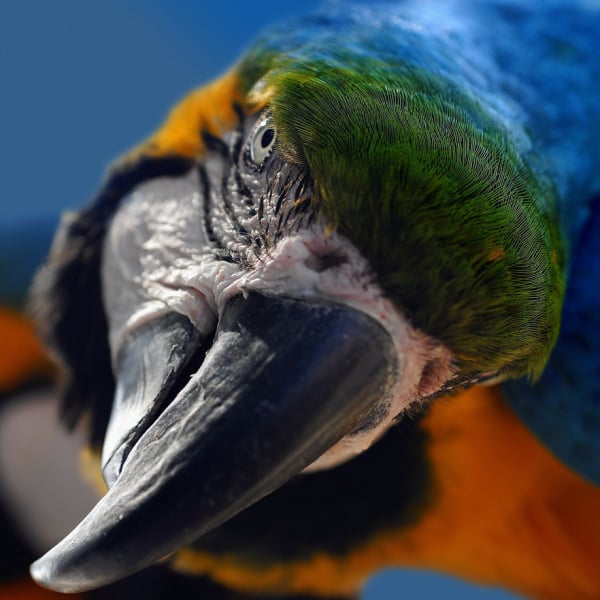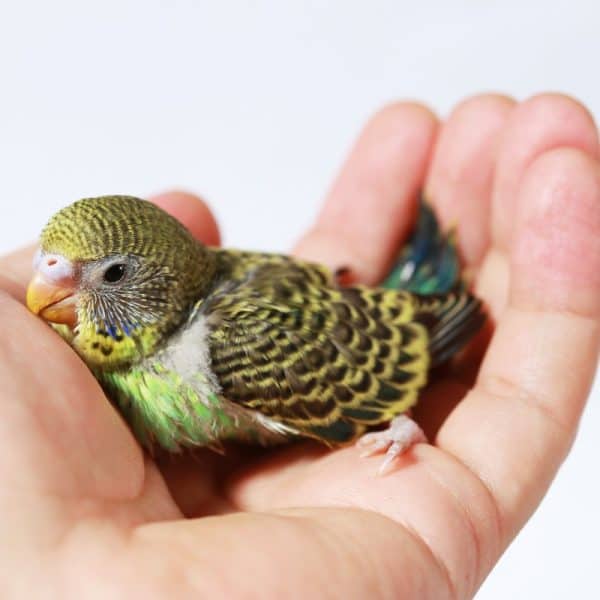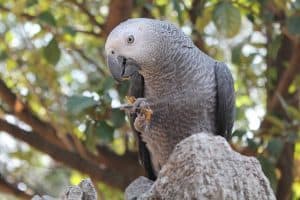
How Do I Know if My Bird Is Being Broody?
Last Updated on by Mitch Rezman
If your bird is hiding in places like this
She’s probably being broody
Although these little nesting areas your bird finds make adorable photographs they should be avoided in order to help reduce the production of eggs if you’re finding this to be a problem. Especially if you have a mating pair.
Cockatiels can be prolific egg layers whether or not they have a mate. You may find that your tiel is laying eggs more frequently than some chickens.
For the most part, things can go well but you have to be aware that eggs can get caught up inside the bird which is called egg binding.
The bird’s body will also reroute calories to the reproductive system pulling them away from their own bodies immune system so you want to keep a close eye on your birds health & demeanor.
The longer days of summer can trigger egg-laying activity. If you are using artificial lighting this would be a good time to reduce the birds artificial daylight by an hour or so and cover the cage a little earlier. About 10 hours of lighting tops are all your bird is going to need.
If your bird has an interest in sitting on the eggs let her have them for a few days and pull them after she has gotten tired of them or 3-4 weeks at most, but don’t bother replacing them with fake plastic eggs which are mainly for actual breeding purposes.
With a mating pair of cockatiels, sitting on the eggs is a shared duty. A single female cockatoo will feel additional stress for pulling double duty which further depleting her body’s immune system. This would be the proper time to provide a robust multi-vitamin and calcium supplement.
If you have problems delivering supplements to your bird watch the video below for a simple solution.
Written by Mitch Rezman
Approved by Catherine Tobsing
Author Profile
Latest entries
 The Traveling BirdJune 26, 2025Can You Name 5 Parrot Species That Are Living Wild in the USA?
The Traveling BirdJune 26, 2025Can You Name 5 Parrot Species That Are Living Wild in the USA? Bird BehaviorJune 26, 2025How is it Parrots Are Problem Solvers Social Animals and Even Use Tools?
Bird BehaviorJune 26, 2025How is it Parrots Are Problem Solvers Social Animals and Even Use Tools? Bird & Parrot AnatomyJune 25, 2025How a Tiny Chemical Modification Makes Parrots Nature’s Living Paintings
Bird & Parrot AnatomyJune 25, 2025How a Tiny Chemical Modification Makes Parrots Nature’s Living Paintings PigeonsJune 20, 2025How Do Parrots Thrive in Cities Outside Their Native Habitats?
PigeonsJune 20, 2025How Do Parrots Thrive in Cities Outside Their Native Habitats?


